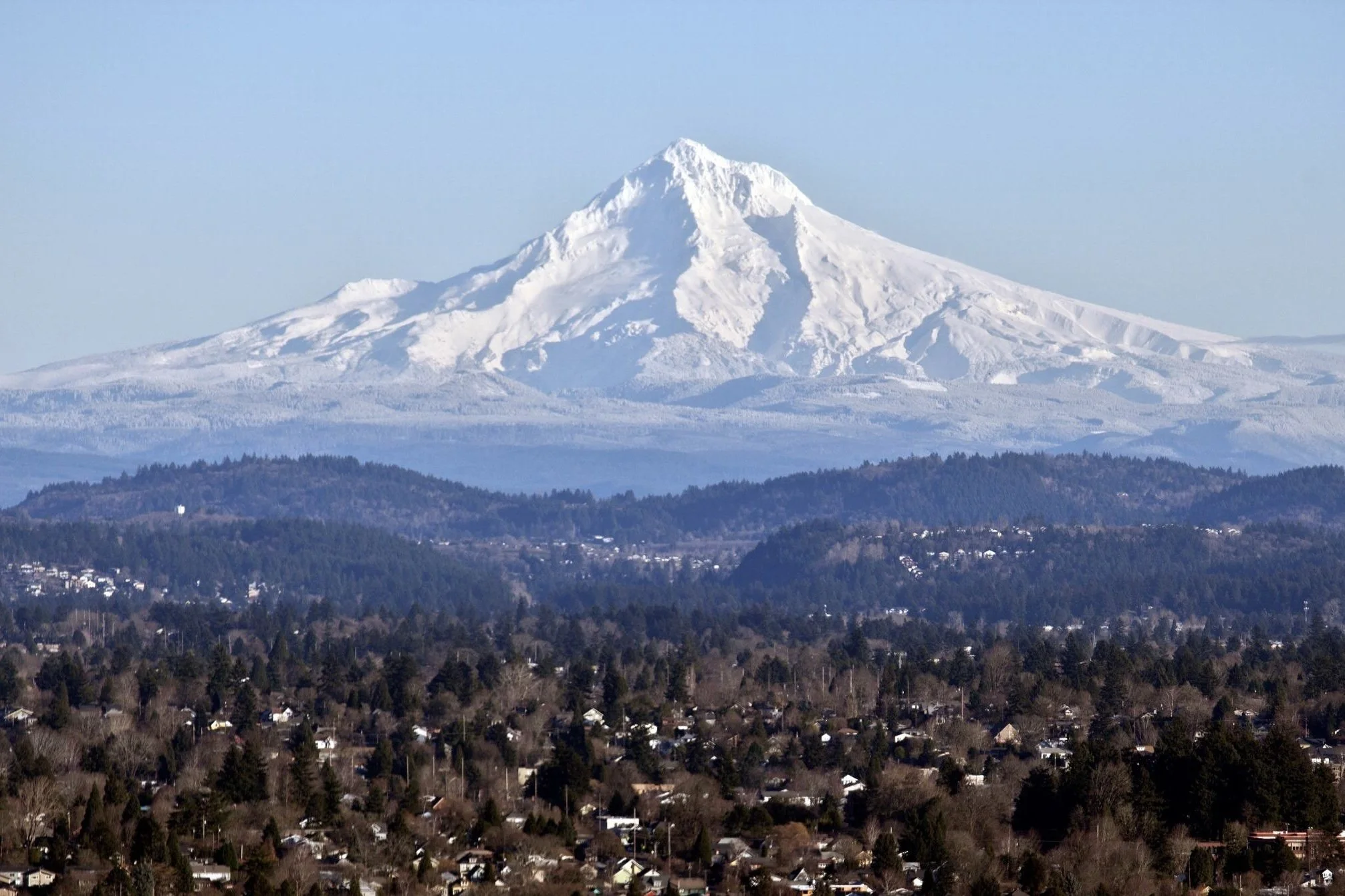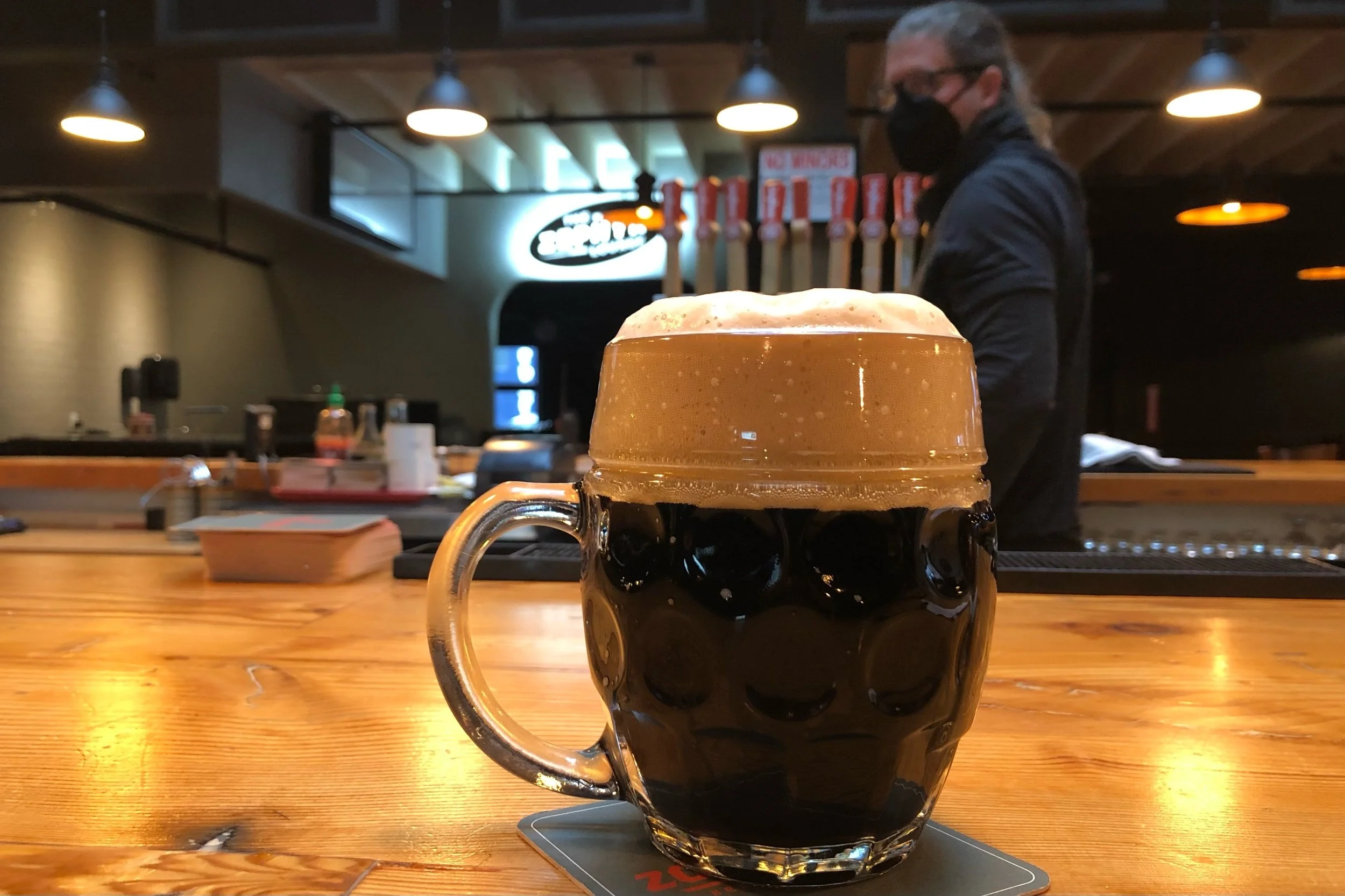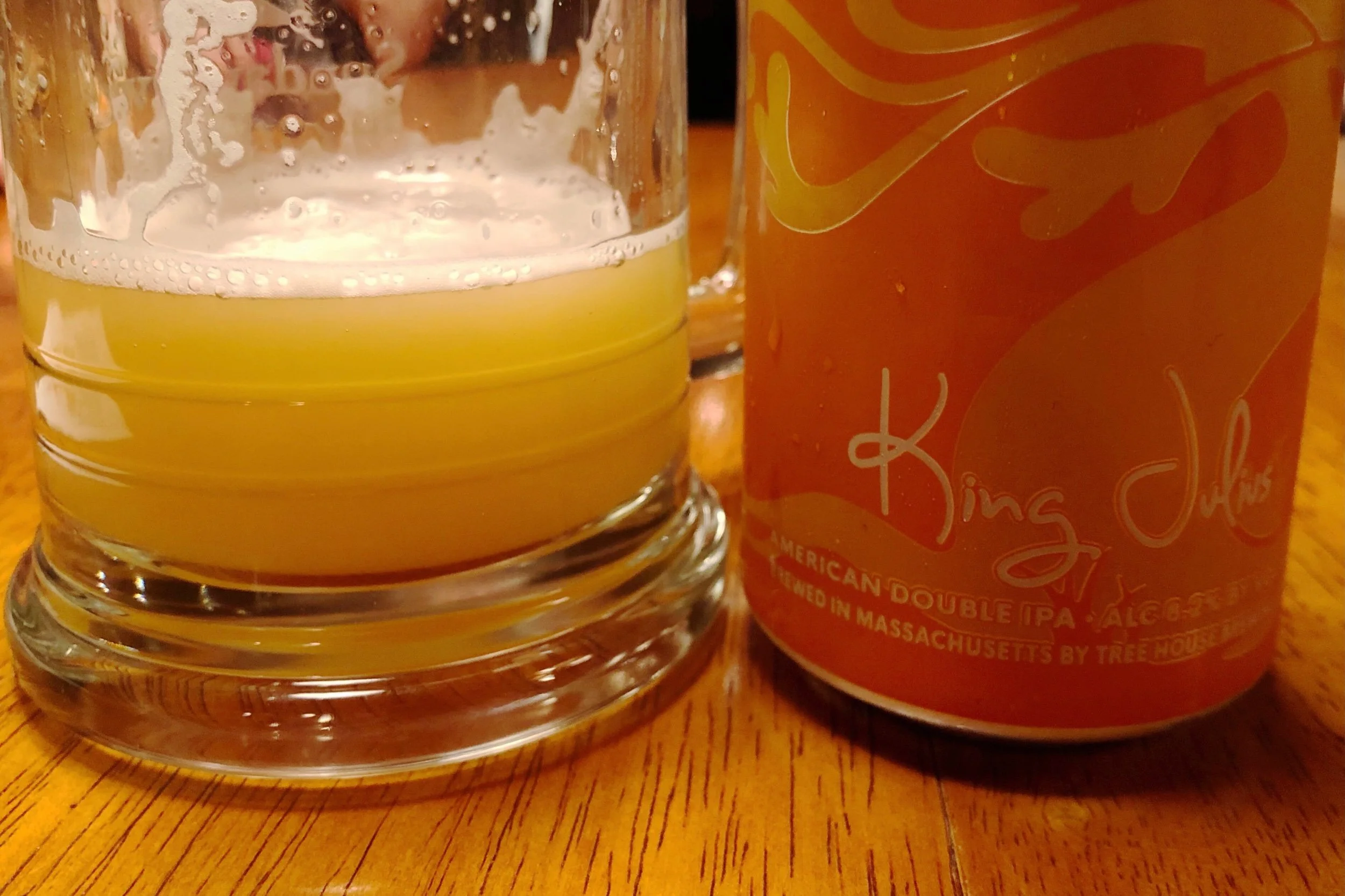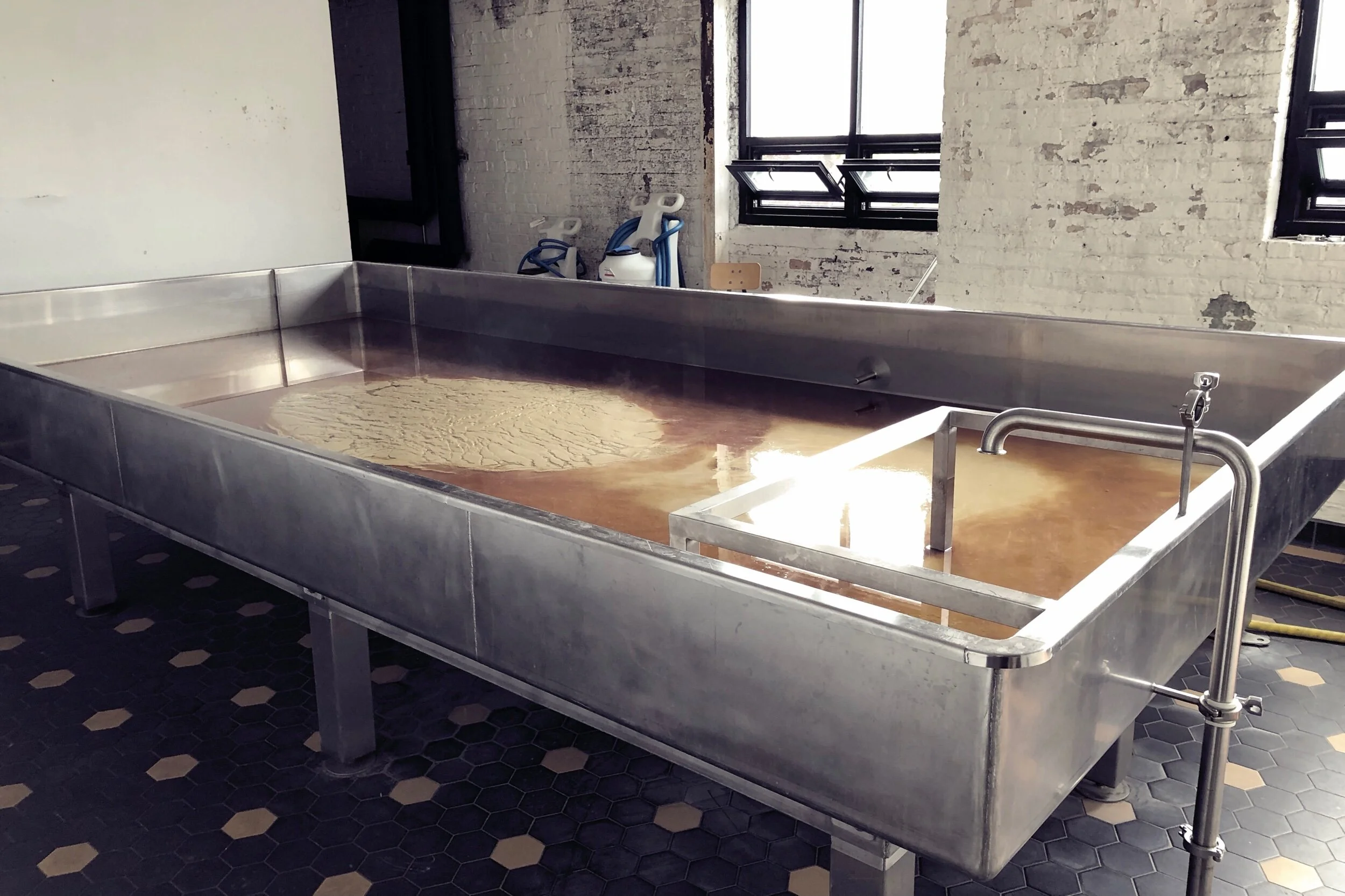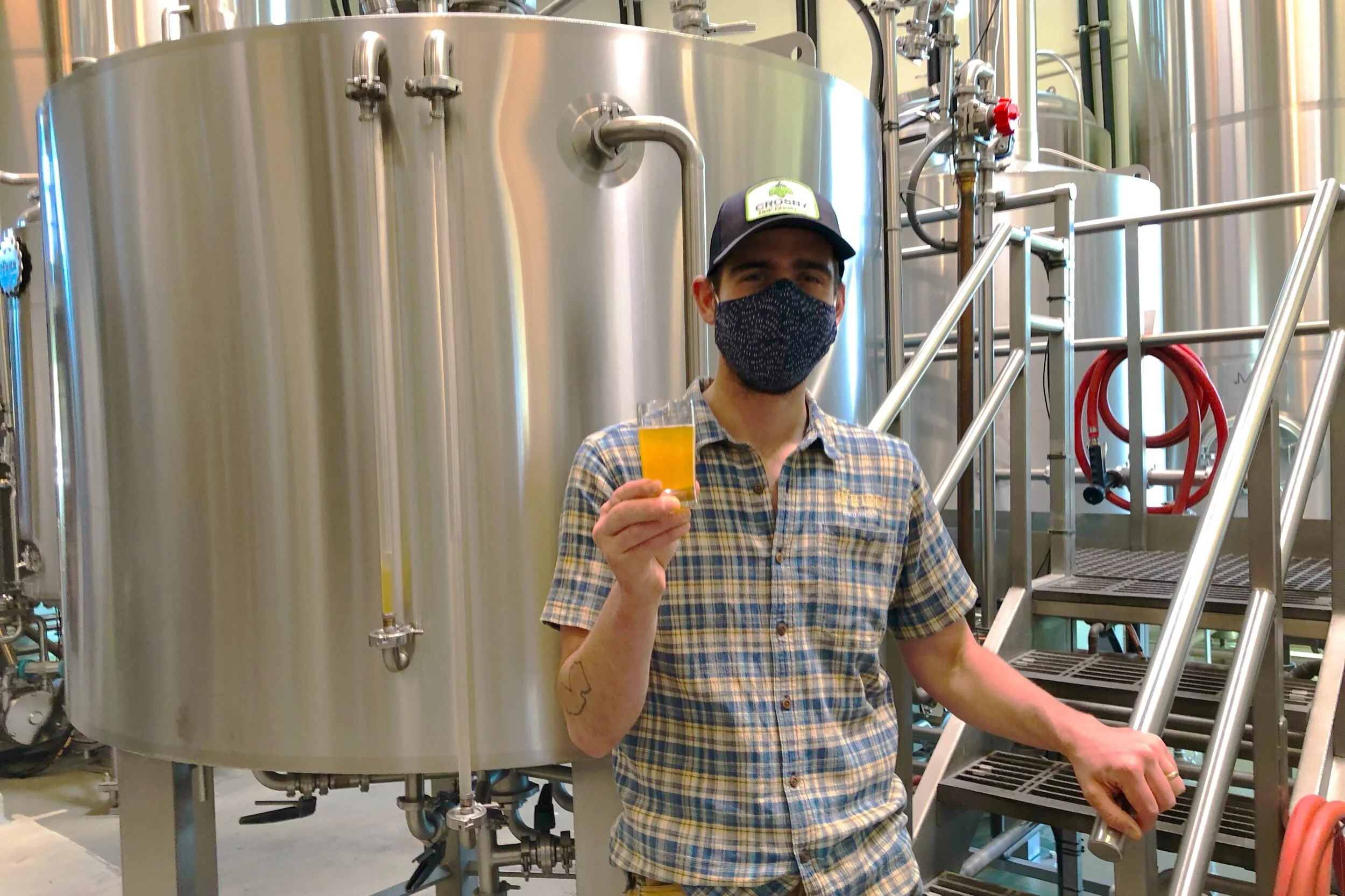Many American breweries make sixty beers a year. Rochefort hasn’t offered a single new release in sixty years. Because monks don’t do anything without considering the long view, the abbey also built a new brewery to handle the increased production.
Read MoreIn the 1990s, American brewers discovered Belgian beer and developed a new consciousness around yeast. A similar process went into overdrive a decade later with hops. Malts remain sadly under the radar. But with dozens of small malthouses popping up, are we due for an era of malt consciousness?
Read MorePrague’s U Fleků makes the iconic Czech dark lager, so much so they eschew terms like tmavý and cerne. Their’s is a “Flekovský ležák.” In my latest collaboration, this time with Zoiglhaus, we shoot for an homage. It’s a dead-on banger (no bias), but we didn’t dare name it Flekovský.
Read MoreA new brewery in Scotland specializes in vat-aged beers that draw on traditions of previous centuries (as well as this one). Founder Gareth Young, a former university philosopher, has discovered an important style once brewed in his home town: Glasgow porter. He explains herein.
Read MoreHazy IPAs are the most polarizing of beers—some people think they’re unique works of genius, and others spit them out with contempt. The problem is, we haven’t yet found mutual agreement about how to evaluate them. Also, a couple of inarguably excellent non-hazy IPAs from New England.
Read MoreThe last stop on my swing through the Midwest took me to Chicago, where I visited Half Acre, Middle Brow, and Dovetail. I managed to finagle a tour of Dovetail, and witnessed the old-world processes seemingly transplanted from Franconia to North Chicago.
Read MoreOn Friday, I visited pFriem in Hood River. It was brew day for a project on which we’ve been collaborating: a full-flavored Vienna lager like Anton Dreher made in the 19th century.
Read MoreAfter revolutions in hop breeding and product development and micromalting, yeast is getting its moment in the sun. A proliferating number of yeast labs offer organic and genetically-modified strains that do things like ferment without diacetyl or finish in half the time.
Read MoreRemember all the way back to 2016 when brewers were making what they called “zero IBU” IPAs? The notion, not actually so absurd, came from what we understood then about hop utilization. We’ve learned a great deal in those few years, and here’s a quick overview of some of the key lessons.
Read MoreAt Schell’s Brewery, Jace Marti has revived not just authentic, mixed-fermentation Berliner weisse, but may be the only brewery using an old technique practiced by the last brewery to make authentic examples, Berlin’s Schultheiss.
Read MoreI asked folks on social media about their favorite hops in IPAs and the result both confirmed and subverted the conventional wisdom. Care to guess which hop was the clear favorite?
Read More“Pig is ragged, like a two-a.m. buzz. Pig is dangerous. But most of all, Pig is a whiff of nostalgia, the yearning for our more badass years. That younger me drank them in fours and fives, loving the thrill.”
Read More